The Ministry of Education and Training announced a draft Circular regulating the organization of foreign language proficiency tests and Vietnamese proficiency tests to replace current Circulars.
Commenting on the new points, Associate Professor Dr. Nguyen Van Long - Principal of the University of Foreign Languages (University of Danang ) also gave suggestions to perfect this draft Circular, helping the regulations to be more feasible and consistent when implemented.
Many notable new points
- In your opinion, what are the notable new points in the Draft Circular regulating the organization of foreign language proficiency tests and Vietnamese language proficiency tests recently announced by the Ministry of Education and Training?
I think that the draft Circular regulating the organization of foreign language proficiency tests and Vietnamese language proficiency tests has the following notable new points:
First: The draft integrates two examination systems: foreign language proficiency test and Vietnamese proficiency test for foreigners. This helps reduce dispersion and overlap, making it easy to look up and apply to examination organizations.
Second, require clearer requirements on comprehensive responsibility, division of tasks, fairness and transparency. The draft emphasizes that the exam organizing unit must develop and implement solutions to ensure safety, objectivity, fairness and seriousness; clearly assign responsibilities to each department, and the work of securing exam papers must be strictly regulated before, during and after the exam. This is a very necessary approach to risk management and responsibility if we want to reduce violations and lack of transparency in exam organization.
Third, increase the application of information technology and digital transformation throughout the entire exam cycle. The application of technology in registration, management, exam organization, grading, announcement of results, and support for candidates is clearly mentioned in the draft. A new point is "providing images of candidates during the exam" to support the verification of certificates and ensure the authenticity of exam results.
Fourth, more detailed regulations on question banks, exam papers, and test drawing for exam organization. Accordingly, the test question bank must be sufficient to create at least 70 exam papers for foreign languages and at least 30 exam papers for Vietnamese. Exam papers are randomly drawn from the bank (with each candidate having a separate exam code; people sitting next to each other cannot have the same questions). Used questions can only be reused after at least 12 months.
Before December 31st of each year, the foreign language test organization must add new test questions to the bank for use in the following year. Units are allowed to share the question bank / test questions with each other. Only when the bank is large enough to create at least 20 test questions can they be randomly drawn to organize the test, to ensure objectivity in drawing questions.
Fifth, clearly stipulate and require higher levels of professional personnel to organize the exam. Specifically, it is required to have at least 30 professionals if the exam is organized in English, or 20 people if it is another foreign language or Vietnamese; the minimum qualification is a master's degree in Language/ Education (foreign language) or Language/Literature (Vietnamese). The personnel who create and grade the exam questions are only allowed to do so for exam formats equal to or lower than the foreign language level they have achieved.
Sixth, allowing joint examination organization and expanding examinations abroad: The draft allows units to join to expand the scale of examination organization, including organizing examinations abroad. This is to support the need for studying, international integration, serving Vietnamese people abroad, and spreading the teaching of Vietnamese internationally.
In short, the draft shows a trend towards higher standardization, more transparency, clearer responsibilities and stronger application of technology in exam organization.
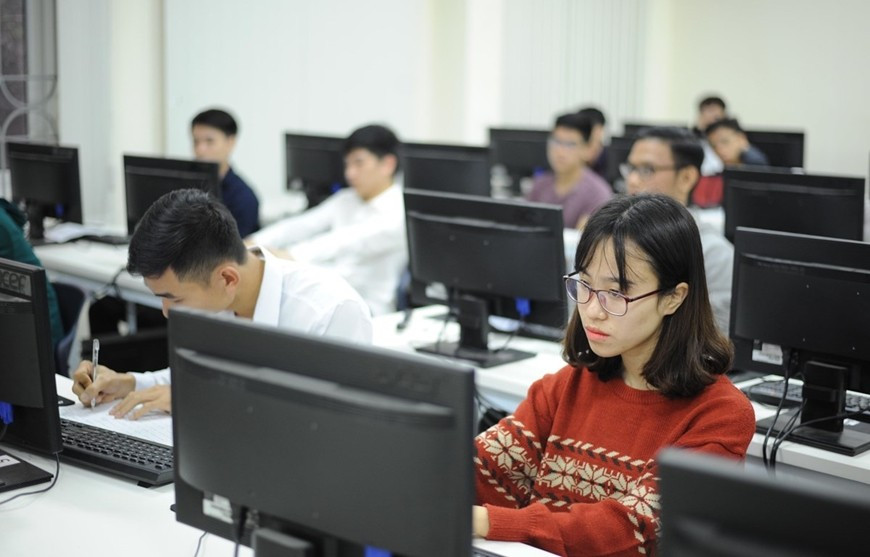
Advantages and challenges
- From the practical implementation in educational institutions, in your opinion, are the above amendments appropriate?
From the implementation practice at the University of Foreign Languages, Danang University, these amendments have suitable and beneficial points such as:
Unification, reduction of overlap, convenience in implementation: Integrating two examination regulations (foreign language and Vietnamese) in one document helps universities and examination centers avoid having to "read many circulars", compare and explain overlaps between documents. This is very necessary when schools organize both foreign language and Vietnamese exams for foreigners.
Applying technology and digital transformation: The draft emphasizes that this is very suitable for the trend of modernizing exams. Providing images of candidates during the exam for later verification helps reduce the risk of fake certificates or cheating after the results are announced.
Allowing to link and organize exams abroad: This is a very beneficial opening point, especially when the school has a network of international partners, has the need to organize exams for Vietnamese people abroad or international students. The school can take advantage of facilities, international relations, or foreign representative offices to serve as exam sites.
However, the draft Circular also poses a number of difficulties and issues for schools to note, specifically as follows:
First is the pressure on human resources and costs. Ensuring that there are 30 specialized staff (for English) or 20 people (for other foreign languages/Vietnamese) can be a burden (in terms of salary, training, and compensation). The staff must be trained in test creation, speaking and writing grading, and have the ability to organize exams, which is not available in all schools.
Building a question bank, testing, analyzing questions, re-compiling, and verifying requires financial resources, specialized testing software, and data analysis personnel. Many schools are not familiar with or have no experience with this.
The second issue is the issue of sharing and coordinating test banks between units. Although it is allowed to “share test banks/questions between units”, sharing test banks between schools requires clear management regulations, security responsibilities, intellectual property rights, access distribution, etc. If not well managed, it can lead to abuse or test leakage.
Third is the risk of technology and network security. When switching to digital testing, if the testing software is not secure, is attacked, and personal data, candidate photos, and test questions are leaked, the consequences will be dire. Schools need to ensure network security, encryption, backup, and strict access authorization.
Fourth, if the question bank is not really large, the regulation that “used questions can only be reused after a minimum of 12 months” may cause a shortage of questions for exams in consecutive years, especially if there are many exam sessions. Schools need to plan for a larger question bank and develop it continuously.
To specify more clearly and make implementation more feasible.
- Do you have any further comments to complete this draft Circular?
Below are some specific suggestions that I think could help make the draft clearer and more feasible to implement:
Regarding the mechanism for sharing the issue bank between units, it is necessary to clearly define ownership, copyright, security responsibilities, usage costs, and access rights for the issue bank when many units share it.
It is possible to build a national central system or a national question bank network, where member schools can access hierarchically (in terms of access level, question type, sample questions). Along with that, clearly stipulate the process of verifying, approving new questions, modifying questions, and removing old questions in the shared bank.
Regarding requirements on technology infrastructure standards and network security, there should be instructions for implementing the Circular with requirements on "minimum technical standards" for the examination system: on servers (with backup, encryption), testing software, security, examination monitoring (camera, screen lock, network monitoring); clearly defining the responsibility for backing up data, storing exam questions, recording photos/videos during the exam, and protecting candidates' personal data.
Consider the extent of question reuse and test variety. The “used questions may only be reused after a minimum of 12 months” rule is quite strict; I suggest considering adding a “limited reuse for low-difficulty questions, or basic skills tests” rule, as long as the same question is not duplicated between consecutive tests.
The above suggestions aim to increase feasibility, flexibility, ensure fairness and support units facing difficulties in application.
- Regarding the organization of foreign language proficiency tests and Vietnamese proficiency tests, do you have any recommendations or suggestions for the school to better implement these activities?
I propose that the Ministry of Education and Training build a national standard question bank mechanism so that licensed units can use or purchase copyrights, avoiding duplication and reducing development costs.
Along with that, deploy a centralized online certificate authentication system so that learners, organizations and businesses can easily look up and verify legitimate exam results.
At the same time, there are policies to support schools in linking with training facilities and partners abroad, and granting flexible licenses to organize Vietnamese proficiency tests for foreigners.
Thank you!
Overall, the amendments in the draft are positive, in line with the trend of modernization, transparency and international integration. However, to ensure feasibility when applied in practice in many training institutions, testing units need a roadmap, technical and financial support and clear guidance from the Ministry of Education and Training and the national testing agency.
Source: https://giaoducthoidai.vn/minh-bach-hien-dai-hoi-nhap-trong-danh-gia-nang-luc-ngoai-ngu-tieng-viet-post752608.html


![[Photo] General Secretary To Lam attends the 18th Hanoi Party Congress, term 2025-2030](https://vphoto.vietnam.vn/thumb/1200x675/vietnam/resource/IMAGE/2025/10/16/1760581023342_cover-0367-jpg.webp)


![[Photo] Many dykes in Bac Ninh were eroded after the circulation of storm No. 11](https://vphoto.vietnam.vn/thumb/1200x675/vietnam/resource/IMAGE/2025/10/15/1760537802647_1-7384-jpg.webp)

![[Photo] Conference of the Government Party Committee Standing Committee and the National Assembly Party Committee Standing Committee on the 10th Session, 15th National Assembly](https://vphoto.vietnam.vn/thumb/1200x675/vietnam/resource/IMAGE/2025/10/15/1760543205375_dsc-7128-jpg.webp)
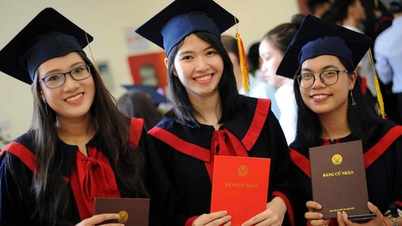



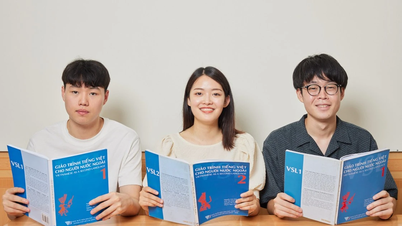

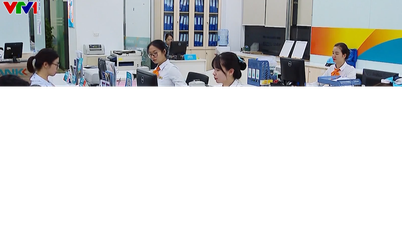
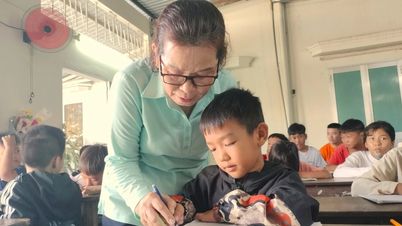
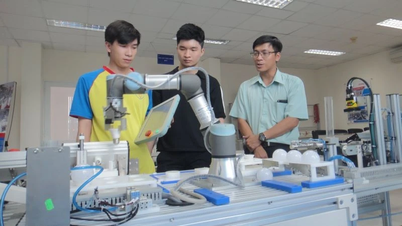



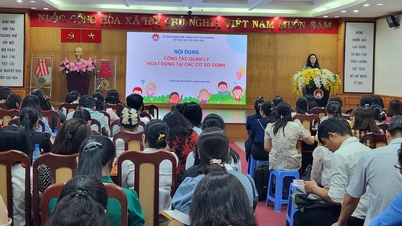

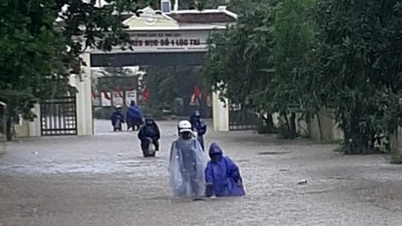








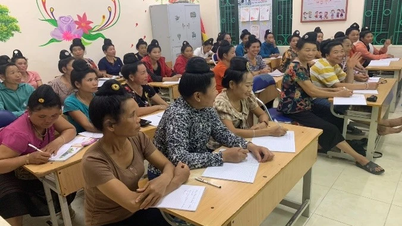
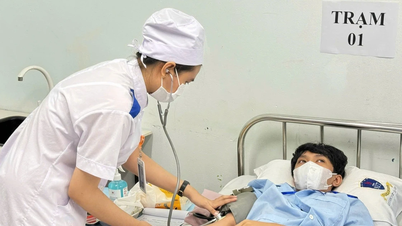


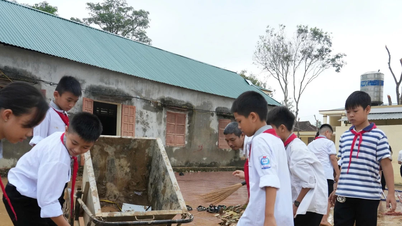


![[Video] TripAdvisor honors many famous attractions of Ninh Binh](https://vphoto.vietnam.vn/thumb/402x226/vietnam/resource/IMAGE/2025/10/16/1760574721908_vinh-danh-ninh-binh-7368-jpg.webp)











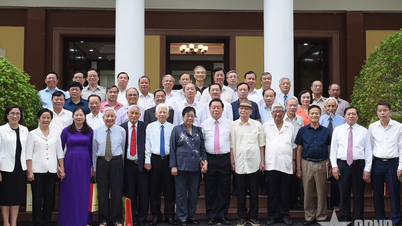

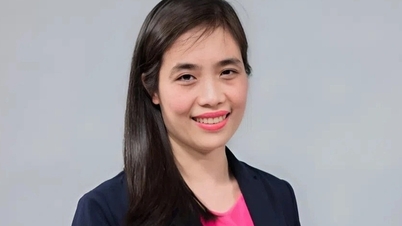





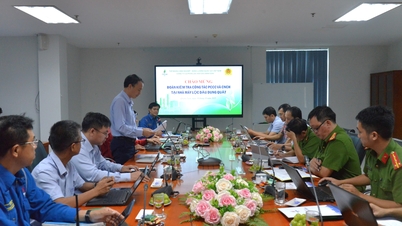








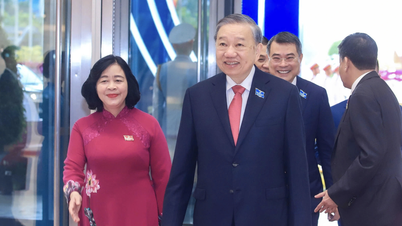

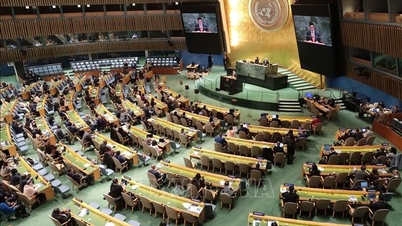
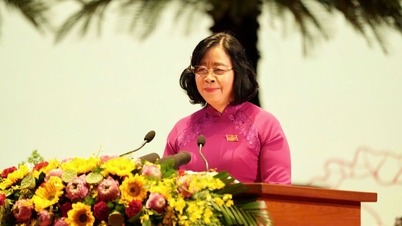



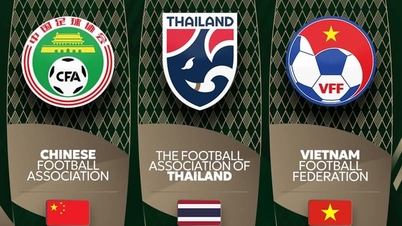

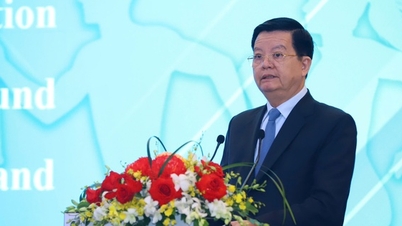
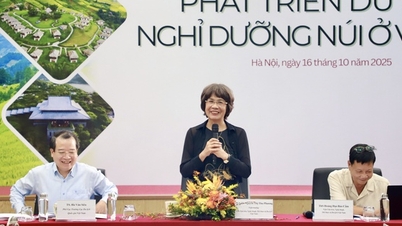
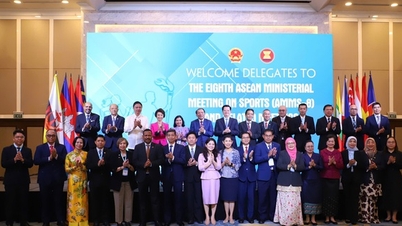
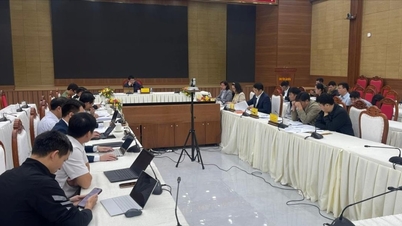

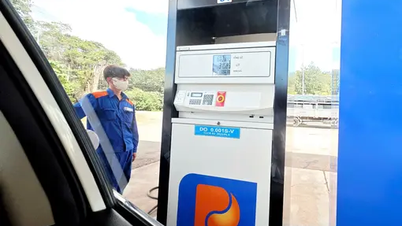

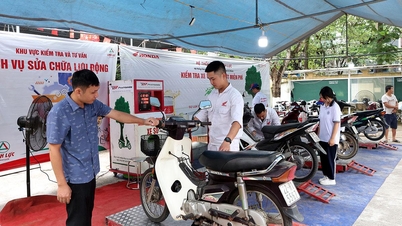



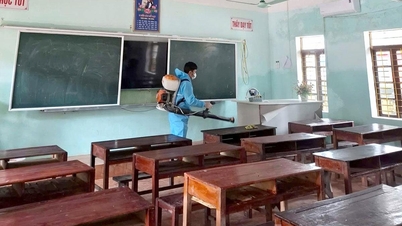
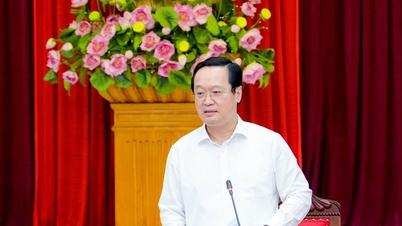


















Comment (0)